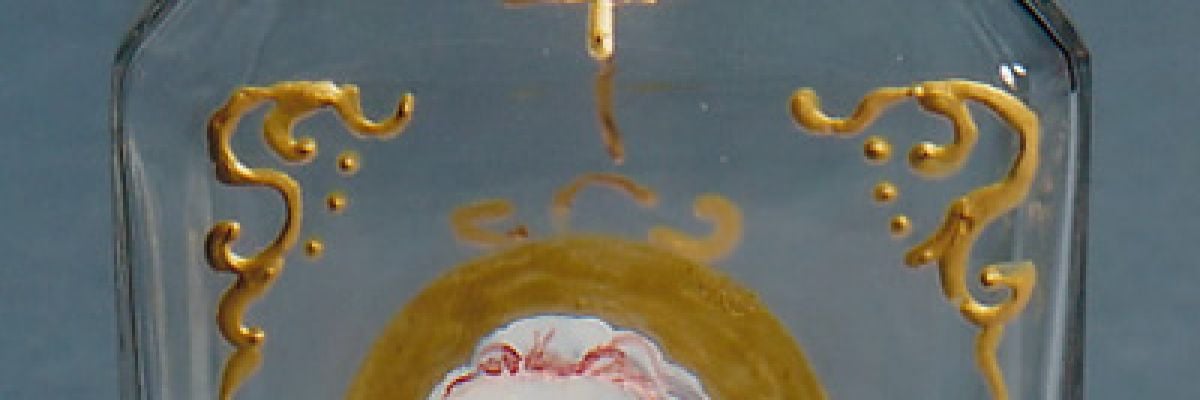Trump Gurl
Credo in Unum Deum
Oh yah, Santa Claus is real folks, yes he is. He is real AND he is alive.
Saint Nicholas was the Bishop of Myra, in Asia Minor, in the 4th century AD. Because of the many miracles attributed to his intercession he is a Saint. Like all Saints in heaven, he is with God, alive and well, and is aware of what we do on earth.
Unfortunately secular society has turned Santa Claus into some sort of clownish figure, just as they have perverted Easter with bunnies and eggs.
Saint Nicholas was the Bishop of Myra, in Asia Minor, in the 4th century AD. Because of the many miracles attributed to his intercession he is a Saint. Like all Saints in heaven, he is with God, alive and well, and is aware of what we do on earth.
"The historical Saint Nicholas is commemorated and revered among Anglican,[8] Catholic, Lutheran, and Orthodox Christians. In addition, some Baptist,[9] Methodist,[10] Presbyterian,[11] and Reformed churches have been named in honor of Saint Nicholas.[12] Saint Nicholas is the patron saint of sailors, merchants, archers, repentant thieves, children, brewers, pawnbrokers and students in various cities and countries around Europe." (Wikipedia)
Unfortunately secular society has turned Santa Claus into some sort of clownish figure, just as they have perverted Easter with bunnies and eggs.
The great veneration with which St. Nicholas has been honored for many ages and the number of altars and churches all over the world that are dedicated in his memory are testimonials to his wonderful holiness and the glory he enjoys with God. As an episcopal see, and his childhood church falling vacant, the holy Nicholas was chosen bishop, and in that station became famous by his extraordinary piety and zeal and by his many astonishing miracles. The Greek histories of his life agree he suffered an imprisonment of the faith and made a glorious confession in the latter part of the persecution raised by Dioletian, and that he was present at the Council of Nicaea and there condemned Arianism. It is said that St. Nicholas died in Myra, and was buried in his cathedral.



